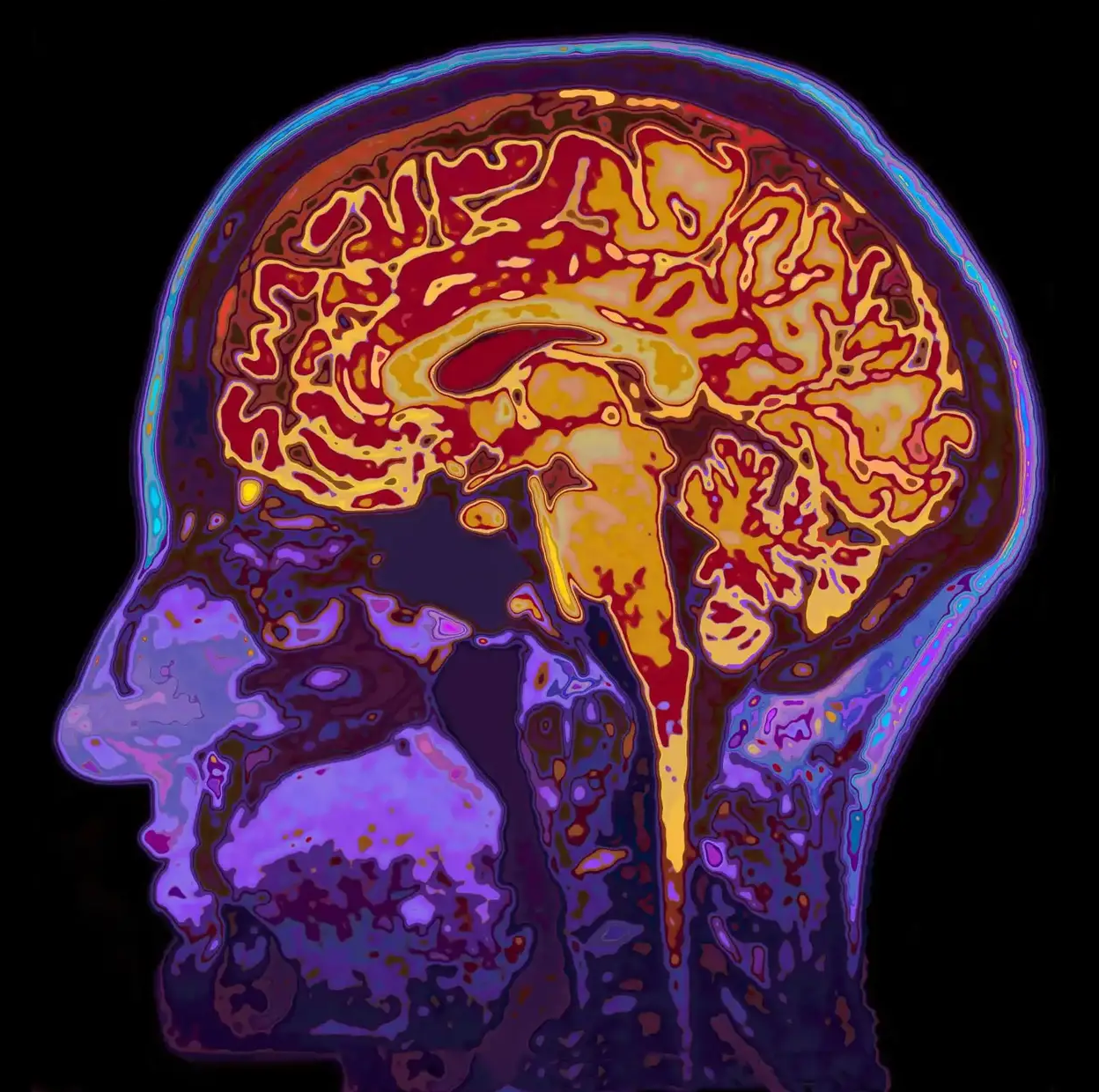Called Project Prometheus, the company is focusing on artificial intelligence for the engineering and manufacturing of computers, automobiles and spacecraft.



GMI Cloud is stepping deeper into the AI infrastructure boom. The U.S.-based GPU-as-a-Service provider said Monday it will build a $500 million artificial intelligence data center in Taiwan, a project that will run on Nvidia’s NVDA-1.88% ▼ new Blackwell GB300 chips and come online by March 2026. Bit by bit, Taiwan is becoming a major hub for next-generation compute, even as the island continues to wrestle with power-supply constraints.


Using common kitchen ingredients such as citric acid and sodium bicarbonate, scientists have created an edible pneumatic battery and valve system to power soft robots.
Soft, biodegradable robots are used in various fields, such as environmental monitoring and targeted drug delivery, and are designed to completely disappear after performing their tasks. However, the main problem with them is that they rely on conventional batteries (such as lithium), which are toxic and non-biodegradable. And until now, no successful system has been developed that can provide repeated, self-sustained motion using only edible materials.
In a new paper published in the journal Advanced Science, researchers from Dario Floreano’s Laboratory of Intelligent Systems at EPFL in Switzerland describe how they developed a fully edible power source (battery), a valve system (controller), and an actuator (the robot’s muscle).

Looking at the bench and readings, he concluded that the previous night’s firmware update had introduced a timing mismatch. The wires hadn’t burnt out, but the clock that told them when to fire had been off by a microsecond, so the expected voltage response never lined up. He suspected half the channels had dropped out, even though the hardware itself wasn’t damaged. Fifteen minutes and a simple firmware rollback later, and everything worked perfectly.
Now, Lyre and I swapped the saline for neuron cultures to check if the wires could trigger and record real biological data. While we confirmed, Aux fine-tuned his AI encoder and processed April’s data.
We were finally ready to test the integrated system, without yet risking its insertion into April’s brain. We built something we only half jokingly called a “phantom cortex,” a benchtop stand-in: a synthetic cortical sheet of cultured neurons on a chip designed to act as April’s visual cortex. On one side, we put a lab-grown retinal implant that carried live sensory input. On the other, Aux’s playback device pushed reconstructed memories. The phantom cortex’s visual field was rendered on a lab monitor so that we could assess the pattern projections. The phantom cortex rig buzzing faintly in the background, gelled neuron sheets twitching under the microscope with each ripple of charge.

If you read my last post, you may have had the same reaction as the legendary fintech blogger Chris Skinner. On the blog entitled “Fintechs New Power Couple: AI and Trust, he politely corrected, ” AI, trust and DLT sir” as a comment on my post.
As soon as I read his input I knew he was right. I had to write a follow up post, to correct my glaring omission. As there are three forces converging here rather than two, I will update the title to make it both more contemporary, and more accurate at the same time…
Fintech’s New Power Throuple is the convergence of AI, Trust, and Distributed Ledger Technology (DLT).
If I drew a diagram of the relationships between the three different factors I would put it in the form of a triangle. From my viewpoint Trust would hold the uppermost position, with Blockchain and Artificial Intelligence occupying the two lower positions.
They are kind of the technology layer that makes that makes Trust possible.
As Trust isn’t a technology — or is it? 🤔
(https://fintechconfidential-newsletter.beehiiv.com/p/m2020-a…-payments)

AI has emerged as a pivotal tool in redefining TBI rehabilitation, bridging gaps in traditional care with innovative, data-driven approaches. While its potential to enhance diagnostic accuracy, outcome prediction, and individualized therapy is evident, challenges such as bias in datasets and ethical implications must be addressed. Continued research and multidisciplinary collaboration will be key to harnessing AI’s full potential, ensuring equitable access and optimizing recovery outcomes for TBI patients.
Overall, the integration of AI in TBI rehabilitation presents numerous opportunities to advance patient care and enhance the effectiveness of therapeutic interventions.


Researchers have successfully performed the world’s first Milky Way simulation that accurately represents more than 100 billion individual stars over the course of 10 thousand years. This feat was accomplished by combining artificial intelligence (AI) with numerical simulations. Not only does the simulation represent 100 times more individual stars than previous state-of-the-art models, but it was produced more than 100 times faster.
Published in Proceedings of the International Conference for High Performance Computing, Networking, Storage and Analysis, the study represents a breakthrough at the intersection of astrophysics, high-performance computing, and AI. Beyond astrophysics, this new methodology can be used to model other phenomena such as climate change and weather patterns.